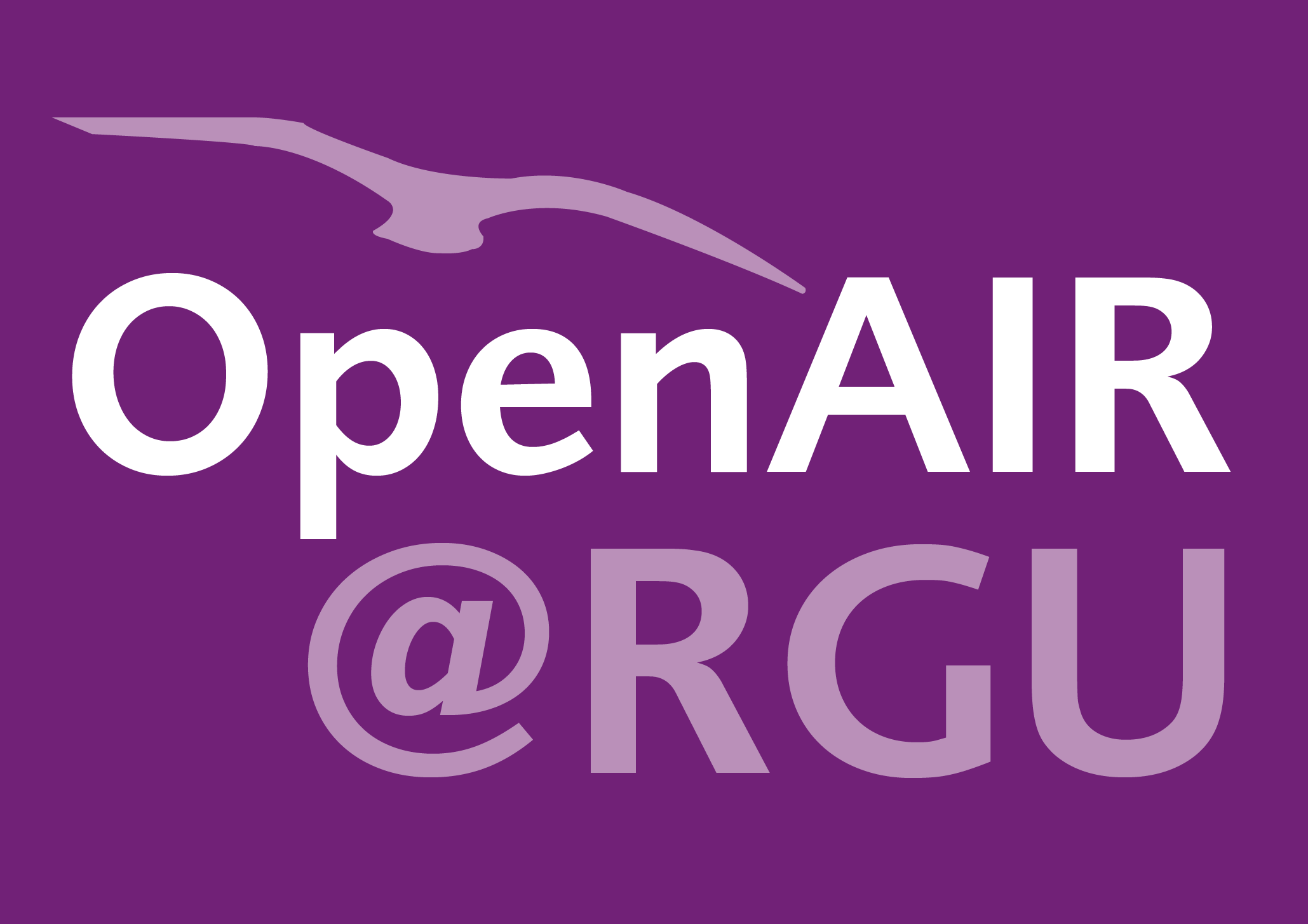Samuel J.R. Meyler
Changes in cardiorespiratory fitness following exercise training prescribed relative to traditional intensity anchors and physiological thresholds: a systematic review with meta-analysis of individual participant data.
Meyler, Samuel J.R.; Swinton, Paul A.; Bottoms, Lindsay; Dalleck, Lance C.; Hunter, Ben; Sarzynski, Mark A.; Wellsted, David; Williams, Camilla J.; Muniz-Pumares, Daniel
Authors
Professor Paul Swinton p.swinton@rgu.ac.uk
Professor
Lindsay Bottoms
Lance C. Dalleck
Ben Hunter
Mark A. Sarzynski
David Wellsted
Camilla J. Williams
Daniel Muniz-Pumares
Abstract
It is unknown whether there are differences in maximal oxygen uptake (VO2max) response when prescribing intensity relative to traditional (TRAD) anchors or to physiological thresholds (THR). The present meta-analysis sought to compare: a) mean change in VO2max; b) proportion of individuals increasing VO2max beyond a minimum important difference (MID); and c) response variability in VO2max between TRAD and THR. Electronic databases were searched, yielding data for 1544 individuals from 42 studies. Two datasets were created, comprising studies with a control group ('controlled' studies), and without a control group ('non-controlled' studies). A Bayesian approach with multi-level distributional models was used to separately analyse VO2max change scores from the two datasets and inferences were made using Bayes factors (BF). The MID was predefined as one metabolic equivalent (MET; 3.5 mL∙kg-1∙min-1). In controlled studies, mean VO2max change was greater in THR compared to TRAD (4.1 vs 1.8 mL∙kg-1∙min-1, BF>100) with 64% of individuals in THR experiencing an increase in VO2max >MID, compared to 16% of individuals taking part in TRAD. Evidence indicated no difference in standard deviation of change between THR and TRAD (1.5 vs 1.7 mL∙kg-1∙min-1, BF=0.55), and greater variation in exercise groups relative to non-exercising controls (1.9 vs 1.3 mL∙kg-1∙min-1, BF=12.4). In non-controlled studies, mean VO2max change was greater in THR vs TRAD (4.4 vs 3.4 mL∙kg-1∙min-1, BF=35.1) with no difference in standard deviation of change (3.0 vs 3.2 mL∙kg-1∙min-1, BF=0.41). Prescribing exercise intensity using THR approaches elicited superior mean changes in VO2max and increased the likelihood of increasing VO2max beyond the MID compared to TRAD. Future exercise training studies should thus consider the use of THR approaches to prescribe exercise intensity where possible. Analysis comparing interventions with controls suggested the existence of intervention response heterogeneity, however, evidence was not obtained for a difference in response variability between THR and TRAD. Future primary research should be conducted with adequate power to investigate the scope of inter-individual differences in VO2max trainability, and if meaningful, the causative factors.
Citation
MEYLER, S.J.R., SWINTON, P.A., BOTTOMS, L., DALLECK, L.C., HUNTER, B., SARZYNSKI, M.A., WELLSTED, D., WILLIAMS, C.J. and MUNIZ-PUMARES, D. 2025. Changes in cardiorespiratory fitness following exercise training prescribed relative to traditional intensity anchors and physiological thresholds: a systematic review with meta-analysis of individual participant data. Sports medicine [online], 55(2), pages 301-323. Available from: https://doi.org/10.1007/s40279-024-02125-x
| Journal Article Type | Article |
|---|---|
| Acceptance Date | Sep 17, 2024 |
| Online Publication Date | Nov 13, 2024 |
| Publication Date | Feb 28, 2025 |
| Deposit Date | Sep 19, 2024 |
| Publicly Available Date | Nov 14, 2025 |
| Journal | Sports medicine |
| Print ISSN | 0112-1642 |
| Electronic ISSN | 1179-2035 |
| Publisher | Springer |
| Peer Reviewed | Peer Reviewed |
| Volume | 55 |
| Issue | 2 |
| Pages | 301-323 |
| DOI | https://doi.org/10.1007/s40279-024-02125-x |
| Keywords | Exercise training; Cardiorespiratory fitness; Health; Performance |
| Public URL | https://rgu-repository.worktribe.com/output/2481177 |
Files
This file is under embargo until Nov 14, 2025 due to copyright reasons.
Contact publications@rgu.ac.uk to request a copy for personal use.
